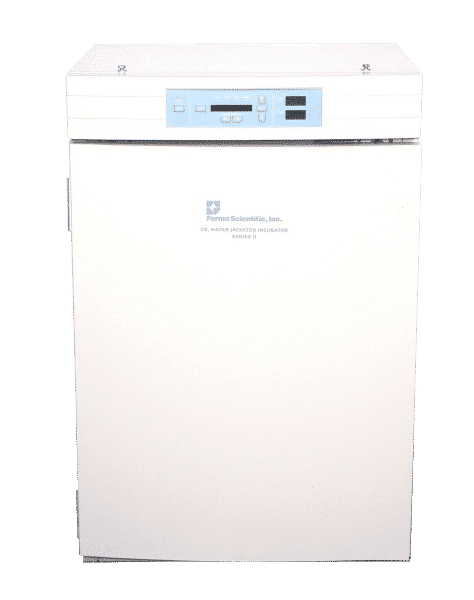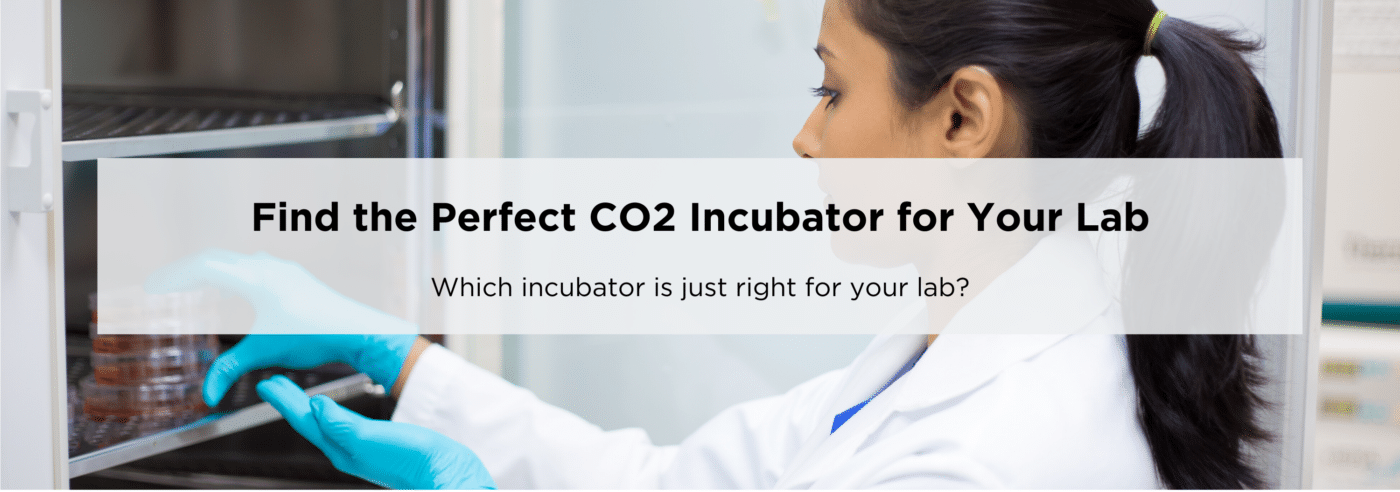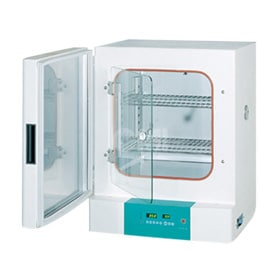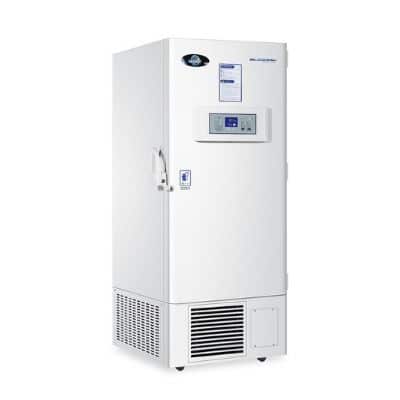Re-Certified Laboratory Instrumentation, Incubator
Find the Perfect CO2 Incubator for Your Lab
Original Article: Lab Manager, November 04, 2019
Any lab working with cells or tissues needs an incubator, often one that controls carbon dioxide (CO2). With a CO2 incubator, a scientist can optimize the environment for growing and maintaining live samples. Picking the right CO2 incubator, though, depends on a lab’s needs and circumstances.
At the University of Kansas Medical Center in Kansas City, MO, Robin Maser, associate professor of clinical laboratory sciences, studies polycystic kidney disease, an inherited disease that can lead to kidney failure. This work requires various samples that must be maintained for specific studies. “We use our CO2 incubator for mammalian cell culture, metanephric organ culture, and for fluid shear-stress experiments with mammalian cells,” she says.
Sometimes, scientists place other devices inside a CO2 incubator. In growing cells, for example, Dan Simionescu, Harriet and Jerry Dempsey Professor of Bioengineering at Clemson University in South Carolina, says that he puts rotators and bioreactors “inside the incubator for dynamic 3D cell culture and bioreactor conditioning of tissue engineered scaffolds.” In general, a lab manager shopping for a CO2 incubator wants one that is easy to use, reliable, and either resists contamination or can be easily sterilized—usually both. Even if a manager only considered those things, many products might meet a lab’s needs. Yet, there are many other features that matter to some lab managers. So, it takes time and effort to find the best CO2 incubator for a particular lab.

GMI Certified Pre-Owned CO2 Incubators
Ensure optimal growth conditions for you microbiology cultures with GMI’s full line of Used Lab Incubators. We supply Used CO2 Incubators, Used Incubator Shakers, and Used Constant Temperature Incubators from brands including VWR, Lab Companion, New Brunswick, Thermo Fisher and more.
Technology overview
With a CO2 incubator, a scientist can control the temperature, humidity, and CO2 level to which cells are exposed. Cells and tissues grow best at a specific temperature and humidity, usually about 37° Celsius and 95 percent, respectively. The CO2 level determines the pH level, and most scientists set the CO2 level at five percent.
Various technologies can be used to provide the desired environment in an incubator. To maintain the selected temperature, manufacturers use one of three methods: direct heat or an air or water jacket. Direct heat radiates from the incubator walls and into the chamber; for jacketed options, the heat moves by convection from the air or water into the chamber. A direct method of heating can adjust the temperature faster and recover faster after a door opening, but a jacketed option—especially a water jacket—maintains incubator temperature longer in the event of a power outage.
Something as simple as a tray of water can be used to add humidity inside an incubator. To control the CO2 level, incubators are manufactured with a thermal-conductivity sensor or infrared sensor. When the CO2 level is less than the set point, more is automatically added. For the highest accuracy on measuring the CO2 level, select one that uses an infrared sensor, but that tends to cost more.
Find your features
At the Integrated Bioscience and Nanotechnology Cleanroom at the University of Georgia College of Engineering in Athens, GA, scientists primarily grow cells in CO2 incubators. In thinking about the incubator requirements, manager Kun Yao says, “As long as the temperature and gas atmosphere can be controlled, I think it should be fine.”
Other Types of Instruments From GMI:
The desired features of a CO2 incubator, though, vary from one investigator to another and how the product will be used. In terms of the physical features of a CO2 incubator, some general things should be considered:
Size: This includes the inside volume, which plays a key role in how much an incubator can hold. The footprint also matters in many labs, because there is only so much room for an incubator. The height can also matter, especially if the incubator will go on a benchtop.
Shelving: How the shelves are arranged in an incubator or how they can be rearranged also impacts how many samples can be stored.
Surface: Various materials can be used inside. To prevent corrosion and simplify cleaning, stainless steel is a good choice. For lower cost, aluminum might be better. Some labs prefer a copper lining, which can reduce the risk of contamination.
Air flow: Gravity convection can be relied on to move air in less expensive incubators. To keep the temperature more uniform inside the incubator, a fan is required. For air purification, an incubator can also include a HEPA filter for incoming air.
Controls: The level of control needed depends on how an incubator will be used. If the accuracy of inside conditions, such as temperature, is not highly sensitive in an application, analog controls can keep costs down. For higher accuracy and setting up sequences of conditions, digital controls and even a computer connection works better.
For most labs, more than one feature will be considered in selecting the best CO2 incubator. For example, Maser points out that her lab based its search on four things: cost, due to limited grant funds; ports on the outside for pump tubing and cords; stacking incubators, because of limited space in the culture room; and a sterilization cycle, “because the solutions used for decontaminating the incubator are health hazards,” she says.
Scientists tend to favor their own mix of features. For instance, Simionescu says the key factors are “temperature, CO2 stability, and short recovery time after opening the door.” To add rotators and bioreactors inside a CO2 incubator, he picks ones with cord and cable access. “For this, we prefer the incubators that have an orifice in the back that communicates with the outside,” he says. “Typically, it’s about one inch in diameter, sufficient to pull through two to three power cords and a couple of pressure transducers.” In some cases, one consideration leads to another. As Maser explains, “We were considering incubators with a sterilization cycle, which eliminated water-jacketed incubators, and we felt that infrared sensing equipment might have a shorter half-life due to heat sterilization, so we went with thermal conductivity for the CO2 sensor.”
As Maser indicates, some qualitative decisions must be made. The more research behind a purchasing decision, though, the more likely a lab is to select a CO2 incubator that meets as many demands as possible.





